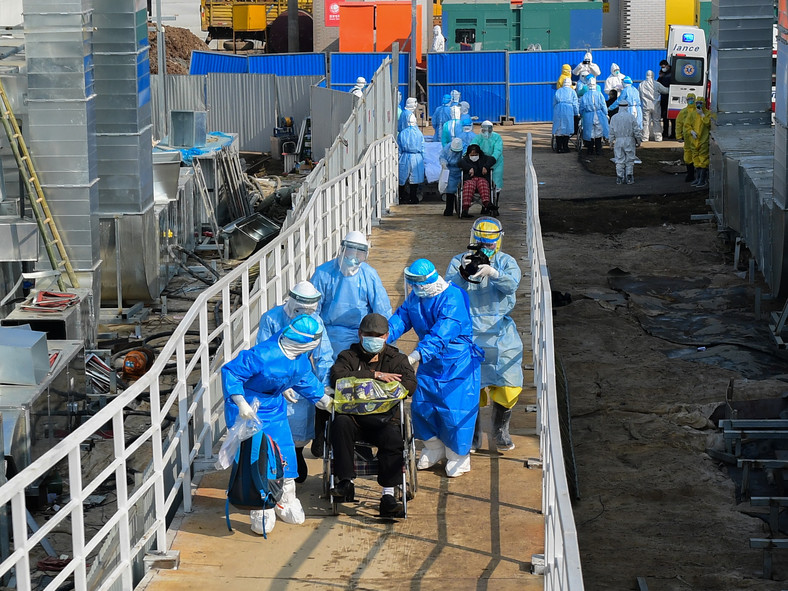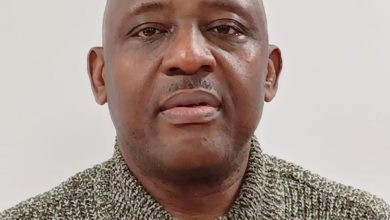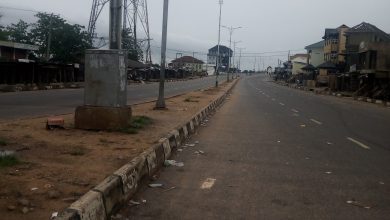
Covid-19 is an evolving disease; our strategies must therefore be dynamic.
Some 5 months or so after the entry of COVID-19 into the lexicon of diseases, it really can no longer be described as totally novel. Though still evolving, a lot of knowledge and data have been gathered here at home and elsewhere over those past 5 months that should guide our continuing response and maybe change them from what it was at inception, when the virus eminently qualified to be called novel.
Pandemics typically presents as a catch 22 situation where no choice can come out as absolutely good or bad. It is obvious that COVID-19 will remain an issue of grave public health concern for sometime until an effective treatment or vaccine is discovered. We therefore can only for now buy time and deploy containment strategies to limit suffering, permanent disabilities and deaths.
Whatever choice is made at the end of the day, there will be a price to pay. With or without lockdown, COVID-19 will cause suffering and deaths, while lockdown on its own will impose on people suffering and deaths. It is a matter of striking a balance that will deliver the greatest good for the greatest number of the citizen.
Argument have been canvassed in several quarters for a review of the lockdown approach in the containment strategy of COVID-19. These are definitely sound arguments because clearly we can not remain static in our approach to an affliction we all agree is evolving. However, we can not also afford to be arbitrary or become emotional or seek only short term gains with our decisions. It has to be based on hard evidence, with a sustainable thinking, medium to long term benefits and serving the interest of the majority of the people especially the silent majority.
It is understandable that when the virus first entered our territory, we had no data or local experience of our own to work with and had to totally depend on experiences from elsewhere. This is no longer the situation. It is also a fact that sometimes, those whose interests government seek to serve may be late in realizing the significance of government approach. Governments and Leaderships therefore have a responsibility to continuously engage the people with facts and figures and take hard decisions on their behalf for the ultimate benefit of society.
I am therefore inclined to agree that time is ripe to scientifically look at our in-country data and experiences, place that side by side with what we know from other locations and upgrade or review our strategies in the light of those findings.
1) What is the distribution of the cases we have seen so far in terms of proportion that are asymptomatic, mild, moderate and severe and what is the recovery rate in each group. This will give a picture of what proportion of those infected ends up having high risk for permanent disability and death.
2) How many persons on the average become infected from every positive case not put in isolation.
3) What is the cost to Nigeria in terms of suffering, disability, economic dislocation, unemployment, burden on the health system, death etc from COVID-19 for all possible scenario: Full lockdown, partial lockdown, no lockdown etc.
4) What were our projections and expectations from the already implemented measures and how well have we delivered on them after almost 8 weeks of the index case.
5) What is the age distribution of cases? Can we explore the distribution into low, medium and high risk age group to effect selective opening up of our socio-economic activities while maintaining ongoing surveillance to catch cases early?
6) Can we use other risk factors like underlying diseases, social habits, demographic data etc to selectively target some groups of the society for routine testing, restricted movement and concerted protection.
7) Do we have a collation of all claims being made (especially locally) of cure to COVID-19 and do we have a system to explore the ones that look plausible.
These and similar questions should be agitating the mind of our policy makers so that our decisions are evidence driven. Let us therefore see NCDC and other concern government agencies supply analysed data (not just raw data) to the public and provide us the scientific bases for their recommendations. In this way, the public will be better informed and will be more willing to voluntarily comply with government directives.
Widespread use of mask is a measure that appears to be eliciting good public attention based on the evidences that have so far emerged and made available and the perceived cost of not using mask. Government however will need to adopt a carrot and stick approach and also mobilise NGOs to support in order to increase penetration.
The limitations of masks should also be effectively communicated so that people do not become complacent with a false of protection. Masks, are not a replacement for hand hygiene, conscious physical distancing and high sense of personal responsibility to only attend gatherings that are absolutely necessary. Advisory to achieve some form of standardization and quality also need to widely circulated to production and buying of these masks.

The proposal by the Governor’s forum for inter state travel ban though may not be implementable in absolute terms is equally good and necessary in view of the lack of uniform efforts across states and even denial in some. What we need is every effort that can slow down the spread and the less people moving from states where containment efforts is not optimal, the better. It’s being 72 hours since this recommendation was made so let’s have the federal government do something either way without undue time wasting.
We know that COVID-19 will be here with us for a while as a grave threat to the health of the public. We should therefore be looking inwards for opportunities to reduce cost of managing the pandemic while at the same time exploiting it to increase local productive activities. One areas that I believe we can explore is in the production and supply of PPEs.
About 6 weeks ago, I contacted some government officials privately and recommend that our local tailors should be organized to commence local sewing of PPEs including aprons, head cover, shoe cover and mask in order to quickly scale up the availability of these items to every health worker wether working directly with COVID-19 or not.
Such a strategy will not only reduce procurement cost, it will generate local economic activities and increase availability of PPEs to our health workers. With the current high incidence of COVID-19, health workers will be working with high index of suspicion and will not closely interact with most patients except they are provided with basic equipment for their personal protection. The danger in this is that diagnosis are likely to be missed with permanent disabilities and deaths from other disease conditions increasing. For all our sake, our health workers needs to be protected at all cost because they are the soldiers at the front-line of the defense of our country against a well armed and dangerous enemy.
Dr. Iziaq Kunle Salako is a Public Health Physician, Public health advocate and former Commissioner for Health, Ogun State.






